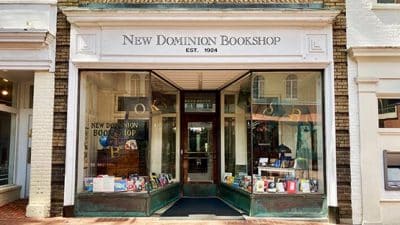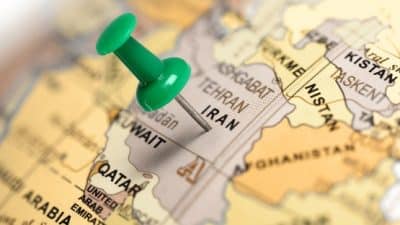
The list is for educational purposes only and has no regulatory authority. Home gardeners can use it to make wise decisions about landscaping.
“Planting anything on this list could affect adjacent natural areas,” said Kevin Heffernan, DCR natural heritage stewardship biologist. “Gardeners should think twice about planting anything that might be aggressive in their yard, especially if they live near a park or a forest.”
Invasive plants can displace native plant species, reduce wildlife habitat and alter ecosystems. They threaten natural areas, parks and forests. In the United States, they cost an estimated $34 billion annually in economic loss.
Invasive, non-native plant species typically grow and mature rapidly; produce seed prolifically; are highly successful at germination and colonization; outcompete native species; and are expensive to remove or control.
Species on the new list were assigned a high, medium or low level of invasiveness in Virginia.
The list also includes “early-detection” species—plants that might not be established in Virginia but are known to be invasive in similar habitats. If they are discovered in Virginia, the goal for those species is eradication to prevent their establishment and spread. People who spot the plants in Virginia should notify DCR.










